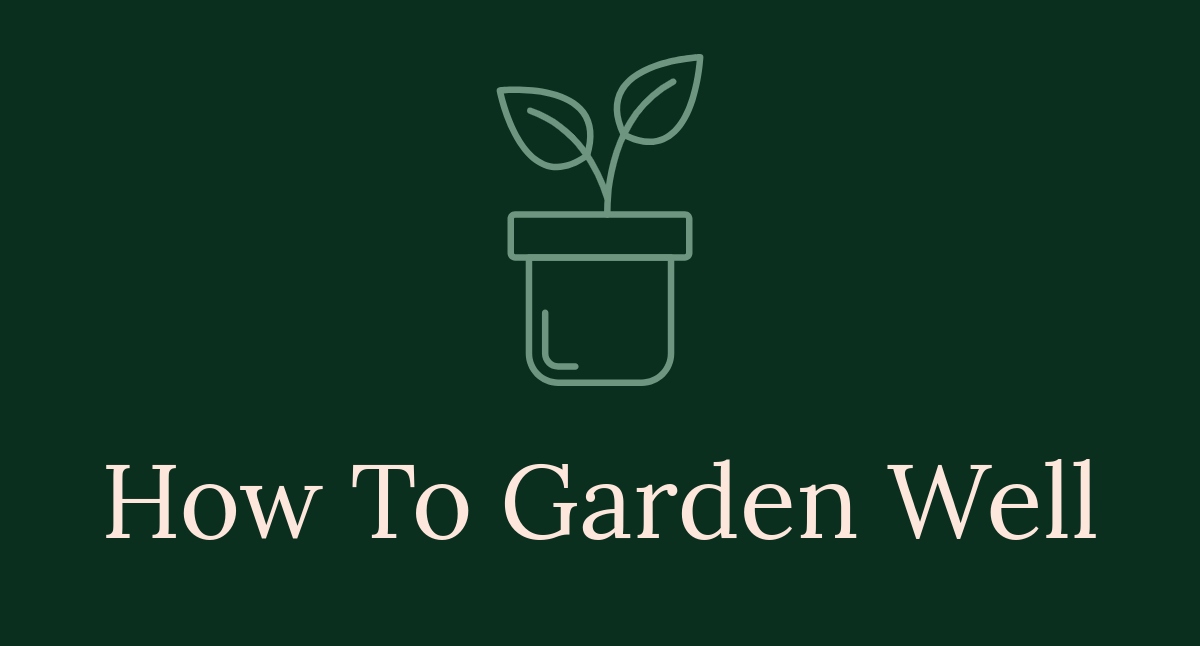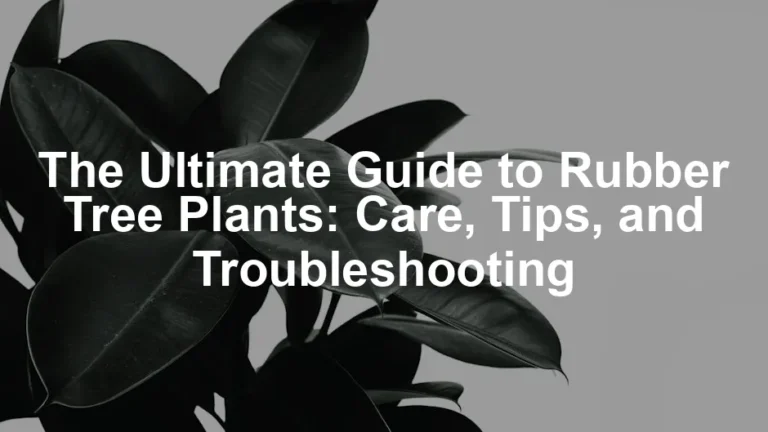

The Thyme Plant: A Comprehensive Guide to Growing, Caring, and Using Thyme
Introduction
Thyme is a must-have herb for your garden and kitchen. Its unique flavor and delightful aroma enhance countless dishes. Whether you’re a seasoned chef or a gardening newbie, you’ll find thyme’s versatility a valuable addition. This guide covers everything you need to know about growing, caring for, and using thyme effectively.
Summary and Overview
Thyme, scientifically known as Thymus vulgaris, is a hardy perennial herb. It features small, aromatic leaves and woody stems. With over fifty varieties, culinary thyme is the most popular for cooking. Its flavor profile ranges from earthy to slightly minty, making it a fantastic companion for meats, vegetables, and soups.
Thyme thrives in well-drained soil with a neutral pH around 7.0. It prefers full sun and grows best in USDA hardiness zones 5 to 9. This herb is not only beloved in the kitchen but also offers medicinal benefits, such as antioxidant properties. Additionally, it serves beautifully as an ornamental plant, attracting pollinators like bees.
Growing thyme comes with many perks. It’s low maintenance and drought-resistant, making it ideal for busy gardeners. In the following sections, we will discuss essential growing tips, care practices, harvesting methods, and culinary uses. By the end of this guide, you’ll be ready to cultivate and enjoy fresh thyme right from your garden!

Growing Thyme
Ideal Conditions for Thyme
Thyme loves basking in full sun. Aim for at least six to eight hours of sunlight daily. This herb thrives in well-drained soil with a neutral pH around 7.0. Good drainage is crucial to prevent root rot. Consider mixing in compost to improve soil quality. For this, you might want to check out organic compost, which can work wonders for your soil!
Thyme grows best in USDA gardening zones 5 to 9. If you’re in these zones, you’re in luck! Thyme enjoys warm temperatures, flourishing in heat. Keep an eye on local conditions to ensure your plants thrive.
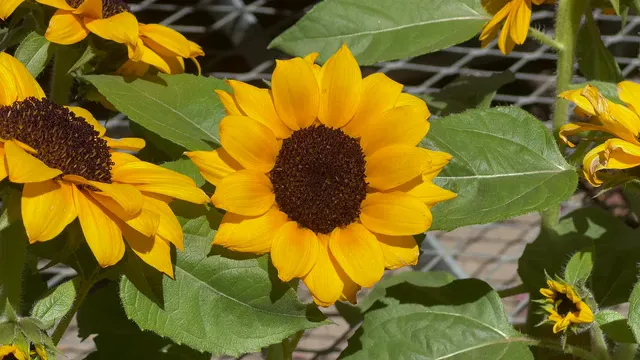
Planting Thyme
Ready to plant thyme? Start in spring, after the danger of frost has passed. Choose a sunny spot and prepare your soil. Mix in several inches of compost to enhance drainage and nutrients.
When planting, space thyme plants 12 to 24 inches apart. This allows for airflow and growth. You can plant seeds or seedlings. Seeds can take up to two weeks to germinate, while seedlings provide a quicker start. If you’re looking for quality seeds, check out these thyme seeds to kickstart your garden!
If using seeds, plant them about a quarter-inch deep. For seedlings, dig a hole and place them in, covering the roots lightly with soil. Water well after planting, but be cautious not to overwater. Starting a thyme garden this spring will reward you with fresh herbs all season long. Happy planting!

Caring for Thyme
Caring for thyme is simple, making it perfect for all gardeners. Watering is crucial. Aim to water deeply when the top inch of soil feels dry. Overwatering can lead to root rot, so let the soil dry out between waterings. During hot months, this may mean watering once a week. To keep your thyme healthy, consider using a soil moisture meter to monitor your watering needs!
Pruning thyme promotes healthy growth. Trim back about one-third of the plant during spring and summer. This encourages bushier growth and prevents the plant from becoming woody. Regular pruning also enhances the flavor of the leaves.
Fertilization is important too. Thyme thrives with minimal feeding. Use organic options like compost or well-rotted manure in early spring. This boosts nutrients without overwhelming the plant. Thyme typically grows to about 6 to 12 inches tall and can live for several years with proper care.
What are your best thyme care tips? Share in the comments below!

Harvesting Thyme
When and How to Harvest
Harvesting thyme is best done just before flowering. This is when the flavor is most potent. The ideal time for harvesting is in the morning after the dew has dried. This helps preserve the essential oils in the leaves.
To harvest, cut back the top five to six inches of the stems. Use sharp scissors or pruning shears for a clean cut. Avoid damaging the woody parts, as they won’t regrow as easily. Regular harvesting encourages new growth, ensuring a steady supply of fresh thyme.
Have you tried harvesting thyme before? Give it a go and enjoy the fresh flavor in your dishes!

Storing Thyme
Storing thyme properly helps maintain its flavor and aroma. When it comes to fresh thyme, refrigeration is key. Wrap the sprigs lightly in a damp paper towel. Then, place them in a plastic bag and store them in the fridge. This method keeps them fresh for one to two weeks.
For longer preservation, consider drying thyme. Hang sprigs upside down in a dark, well-ventilated area. Alternatively, spread the leaves on a tray, allowing them to air dry. Once dried, store thyme in an airtight spice jar. Dried thyme can last up to two years, but its flavor intensity is not as strong as fresh thyme. Fresh thyme contains more essential oils, providing a more robust flavor in dishes.
Freezing is another excellent option. Simply wash and chop the leaves before placing them in ice cube trays filled with water or broth. Once frozen, transfer the cubes to a freezer bag. This method retains much of the flavor, making it a handy addition to soups and stews. You could also use ice cube trays for this job!
Have you tried preserving your thyme harvest? Experiment with these methods to find your favorite way to store thyme!

Medicinal and Ornamental Uses
Thyme isn’t just a kitchen staple; it has a rich history in herbal medicine. Traditionally, it has been used for its antioxidant properties, which may help combat oxidative stress in the body. This makes thyme a valuable addition to your collection of medicinal herbs. You can even learn more about herbal medicine in the book “The Herbal Medicine-Maker’s Handbook”, which is a fantastic resource!
In addition to its health benefits, thyme shines in landscaping. Its low-growing nature makes it an excellent ground cover plants, ideal for filling gaps between stepping stones or along garden paths. The tiny flowers that bloom in spring and summer not only beautify your garden but also attract pollinators like bees and butterflies.

Thyme’s low-growing nature makes it a fantastic choice for ground cover plants, enhancing both beauty and biodiversity in your garden. Learn more about ground cover plants.
Historically, thyme has been linked to various health advantages. Ancient civilizations used it in remedies for respiratory issues and digestive problems. Today, many still turn to thyme for its potential health benefits.
Thyme’s versatility goes beyond culinary use. Whether you’re planting it as a decorative element or for its medicinal properties, it proves to be a fantastic addition to any garden. Why not explore thyme’s many uses beyond the kitchen?
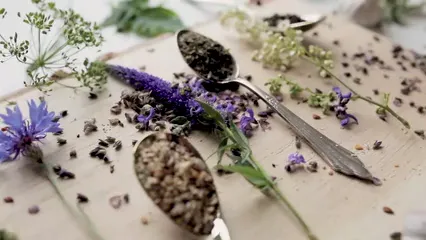
Common Pests and Diseases
Identifying and Managing Issues
Thyme, like any plant, can face challenges from pests and diseases. Spider mites on plants are a common issue, especially in dry conditions. Look for fine webbing on the leaves or a dusty appearance, which indicates an infestation.
Spider mites can wreak havoc on your thyme plants. Understanding their identification and control is essential for maintaining a healthy garden. Find out more about managing spider mites.
Root rot is another problem that affects thyme, usually caused by overwatering or poorly-drained soil. Signs include yellowing leaves and a wilting appearance, even when the soil is moist.
To manage these issues, prevention is key. Ensure your thyme has good drainage and avoid overcrowding plants. Regularly inspecting your plants will help catch any problems early. If you’re facing pest issues, consider using a pest control spray to protect your garden!
Keeping an eye out for these common pests and diseases can save you a lot of hassle. Are you regularly checking your thyme plants for signs of trouble?
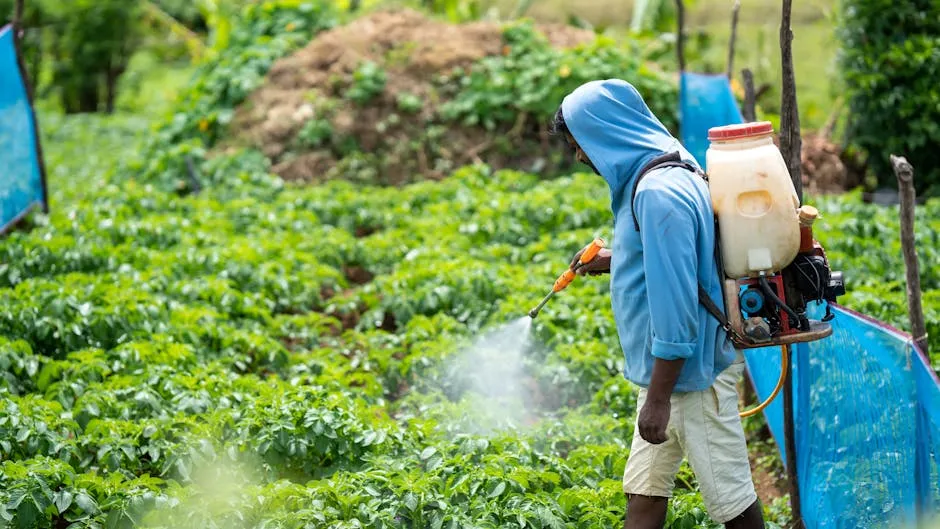
Please let us know what you think about our content by leaving a comment down below!
Thank you for reading till here 🙂
And while you’re here, don’t forget to check out some other essentials like a pair of gardening gloves to keep your hands safe while working in the soil!
All images from Pexels
